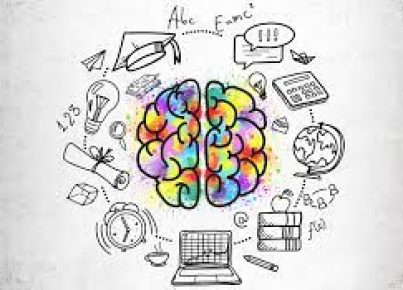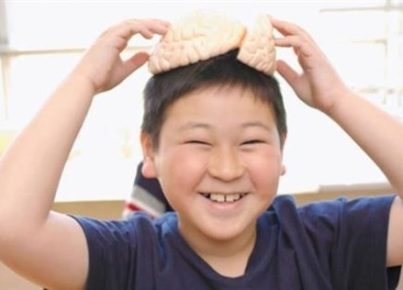Neuroscience refers to the study of the development of the human neurological system, its structure, and how it works. Thus, this branch of science isn’t just concerned with the nervous system’s normal functioning, but also what happens to this system when people have psychiatric, neurological, and neurodevelopmental disorders. Traditionally, neuroscience has been classified as a subdivision of biology. But today, it has become an interdisciplinary science that liaises strongly with other disciplines, such as linguistics, mathematics, chemistry, computer science, engineering, medicine, psychology, and philosophy.
Several researchers say that neurobiology and neuroscience mean the same to them. However, there’s a difference. While neurobiology focuses on the biology of the nervous system, neuroscience is concerned with anything related to the nervous system. Unlike the initial days of the domain, scientists working in the field of neuroscience today have a much broader scope of fields to handle. They study the functional, cellular, computational, evolutionary, medical, and molecular aspects of the nervous system.
Neuroscience is subdivided into several branches, the notable ones among which are cognitive, linguistic, developmental, and computational aspects.
Cognitive neuroscience refers to the study of higher cognitive functions that are present in humans, and the neural bases that trigger those functions. This branch of neuroscience draws from cognitive science, linguistics, psychiatry, and psychology. Cognitive neuroscientists can choose between two broad directions – computational/modeling or behavioral/experimental, the goal being to comprehend the nature of cognition from a neural viewpoint.
Linguistic neuroscience, also called neurolinguistics, deals with investigations by specialists to understand how the human brain enables people to gain, store, comprehend, and express language. Using it, speech therapists can devise strategies to help children suffering from speech difficulties or people trying to regain their speech after being affected by a stroke, for instance.
Developmental neuroscience examines how the nervous system and the brain develop and change over time, right from the point of conception till adulthood. Information obtained from such studies helps scientists understand more about the development and evolution of neurological systems. This branch of neuroscience also enables them to explain and understand an array of developmental disorders. Additionally, it provides them with clues about when and how neurological tissues regenerate.
Computational neuroscience tries to understand how human brains compute. Computational neuroscientists use computers to replicate and model brain functions, and apply techniques from physics, mathematics, and other computational fields to learn more about brain functions.
All these aspects place emphasis on diverse learning pathways. Neuroscience helps us understand the development of the human mind, what inspires higher education, and the best way to keep informed via the art of learning.




